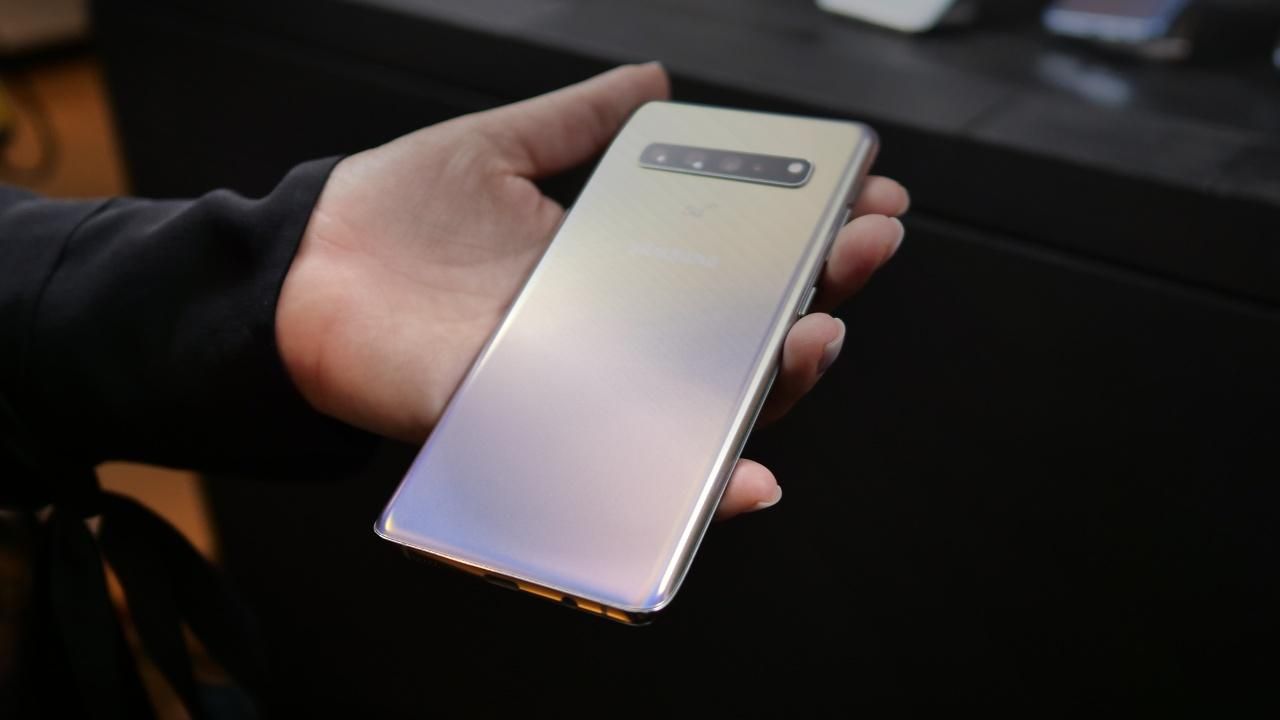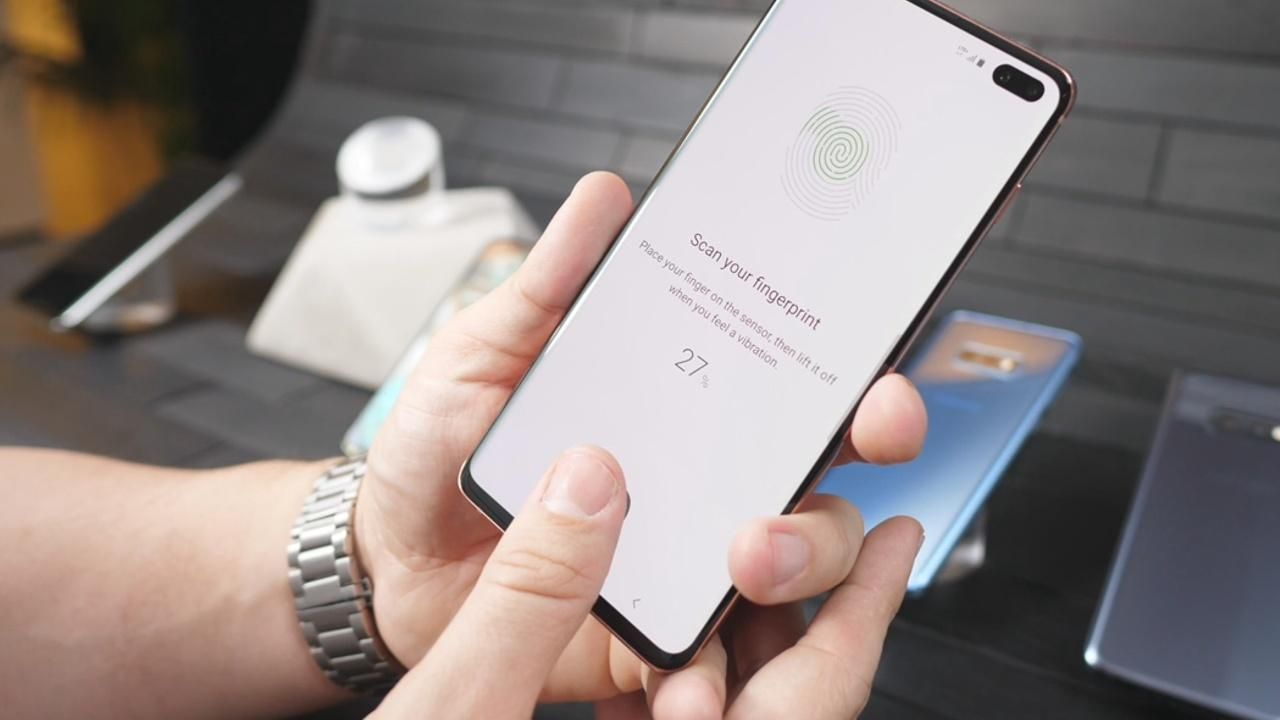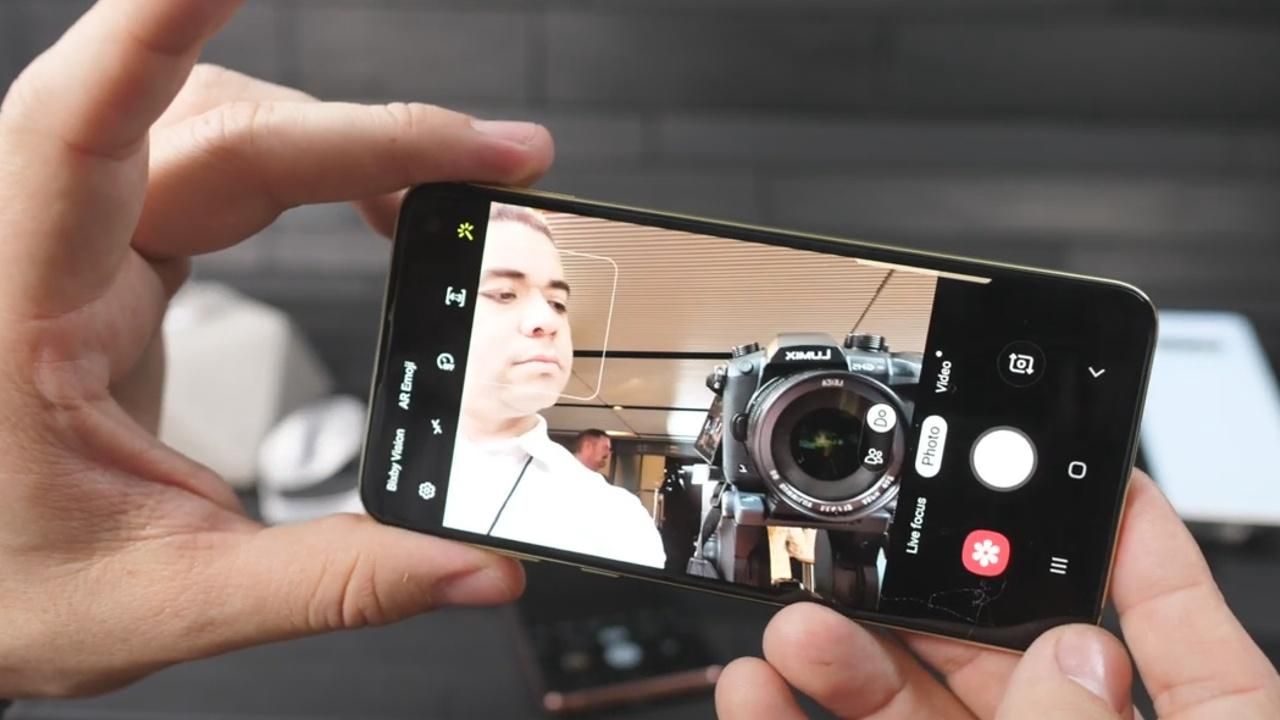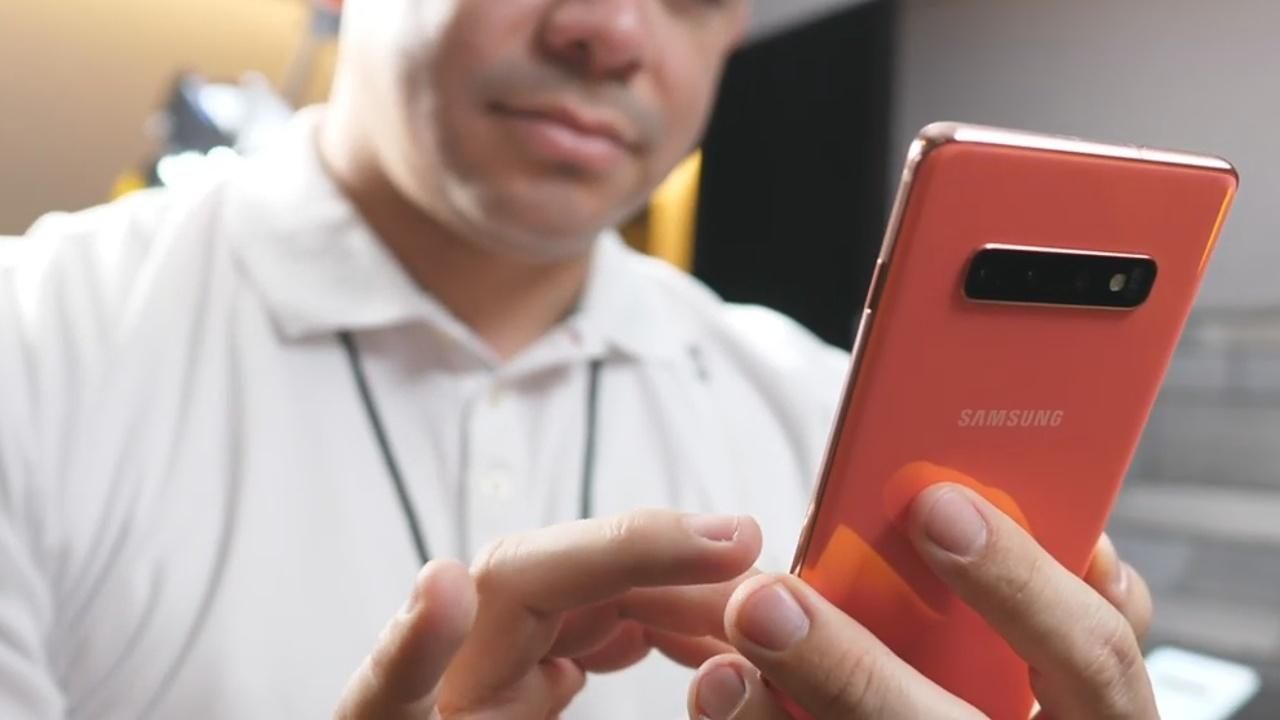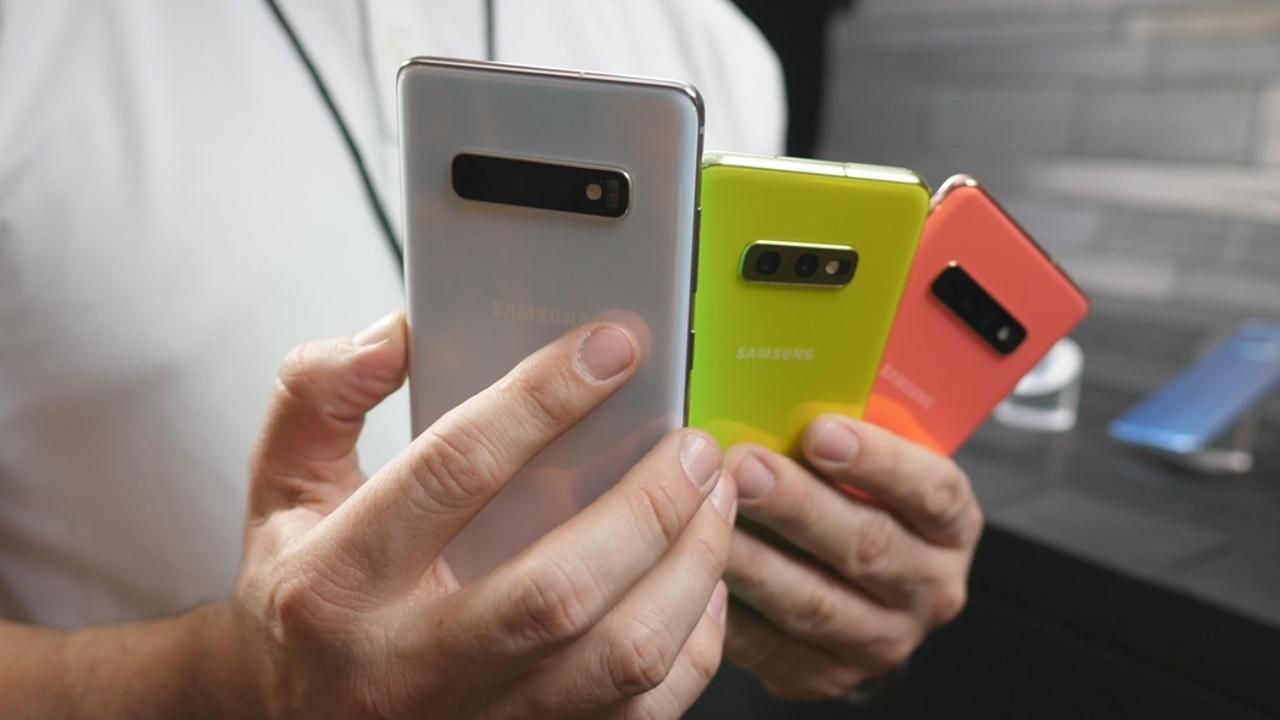What is a “standard” Android flagship smartphone these days? Practically speaking, when it comes to the court of public opinion, it will most likely be a Samsung Galaxy S series device. After all, the Korean company has long been able to flaunt its “most popular smartphone brand in the world” status.
But when the market continues to mature its way up to a point where “the iPhone” costs $1,000 to buy, what is Apple’s biggest competitor going to do? Well, it does what it’s been doing for the past few years: build upon the industry’s innovations and undercut its pricing where it can. Perhaps that’s where we see the Galaxy S10 and Galaxy S10+ come in.
The S10 and S10+ share many things in common from hardware to software. To start with, both will launch with Android 9 Pie and offer the company’s new One UI paradigm for easier navigation on the tall 19:9 aspect ratio displays with corners that seem to fall out reach while users grasp these slippery slabs with one hand.
From first boot, the 3120 x 1440 panels run at a default 1080p resolution, though a quick toggle flip in the settings can change that. As the S10+ runs with a larger 6.4-inch display, the S10’s 6.1-incher ends up being the most resolute of the bunch. As they reach towards the sides, the vision curves down along with the cover glass for a nifty visual accent, if it is one that is susceptible to errant touch detection from the webbing between users’ fingers.
Samsung’s own HDR10+ protocol allows streaming video to show off an extended range of colors with fine-tuning done frame by frame. Testing from research firm DisplayMate found the S10 series’ panels to be the brightest and most color-accurate seen on a smartphone form factor yet. With pitch blacks from turned-off diodes, that gives a lot of range for the phone to work with.
It’s hard to tell if we’ll miss the iris scanner that was on the previous two generations of Galaxy S phones, but what replaces it and the rear-facing fingerprint sensor is a new front-facing optical fingerprint sensor placed underneath the AMOLED display that uses ultrasonic pulses to gather rich biometric data for authentication. It’s the first biometric component system certified by the FIDO Alliance, a working group of major companies like PayPal and Amazon focused on secure authentication methods.
Back above the display glass, we come to be flanked by stereo AKG speakers that are Dolby Atmos-enabled for 7.1 surround sound. Yes, there is a USB-C port. No, there’s no need for a dongle as there is a headphone jack, too.
Below the volume rocker on the left side of the device is the Bixby key, back for another season. Samsung’s own digital assistance service is now on version 2.0 and is able to be programmed for routines — a series of tasks done on verbal command or at a certain point in time. It also feeds into photo-based search queries and quick requests like asking to play music.
The pair of phones have three cameras on the back: a 12-megapixel sensor with switchable apertures to handle more light capture or a greater field of focus; there’s also an ultra-wide 16-megapixel unit that gets at the bigger picture and; a 12-megapixel telephoto camera with an effective zoom factor of 2x the main sensor. This generation of Samsung phones features the world’s first 4K video-recording dedicated selfie camera, embedded right in the top-right corner of the company’s “punch-hole” style Infinity-O display. The S10+ has a wider displacement to fit in an extra 8-megapixel depth sensor. All video can be recorded in HDR+.
The applications processor will vary per region. In the United States, we’ll likely see the Qualcomm Snapdragon 855 in place. The Snapdragon and Samsung’s house-made Exynos 9820 chipset have neural processor units dedicated to machine learning calculations for applications such as software-induced bokeh in selfies, augmented reality tools, graphics processing in games and determining what apps to keep in memory the most often for easy, power-efficient access. The S10+, with its extra room, gets a vapor chamber cooling system to keep performance rolling while the games are rolling.
Both are capable of up to 2Gbps downlink on 4G LTE (not 5G, we’ll get to that in a second) as well as the new Wi-Fi 6 standard and Bluetooth 5. Samsung Pay is on board for quick payments through NFC or, for traditional swipe terminals, MST. An optical heart rate monitor is available next to the rear camera units and data can be threaded into the Samsung Health app for further tracking. The devices can be taken pretty much anywhere with an IP68 rating for complete protection from dust and for stillwater immersion up to 1.5 meters for 30 minutes.
Fast charging is available through the provided wall adapter and through the Qi-standard wireless charging pad. The devices are also able to discharge their own power to other devices through its charging coils — it’s a feature Samsung dubs “Wireless PowerShare” and something that Huawei brought to its recent Mate 20 series of phones. It will be able to charge the new Galaxy Buds (2019), Galaxy Watch Active, Galaxy Watch, Gear Sport and Gear S3.
In the United States, the S10 will be available in Prism Black, Prism White, Prism Blue and Flamingo Pink. The S10+ will also have those colors as well as ceramic finishes in black and white for those who purchase the configuration with 12GB of RAM and a terabyte of storage.
Major carriers and retailers including Samsung itself will be launching pre-orders for network-locked and unlocked units tomorrow, February 21 at 12:01am Eastern, in time for the first shipments from March 8. The base configuration of 6GB of RAM and 128GB of storage will cost $899.99 for the Galaxy S10 and $999 for the Galaxy S10+. Pre-orders made before March 8 will have a free pair of wireless Galaxy Buds bundled in, a $129.99 value.
What do you think? Is this all too much or too hot to handle? You can learn more about the Galaxy S10e in this story. Perhaps you’re looking for something more? See about the Galaxy S10 5G in this piece. Also be sure to check out our buying guide to know which carriers and stores will be selling which versions of the Galaxy S10 as well as the Galaxy Buds and when.

